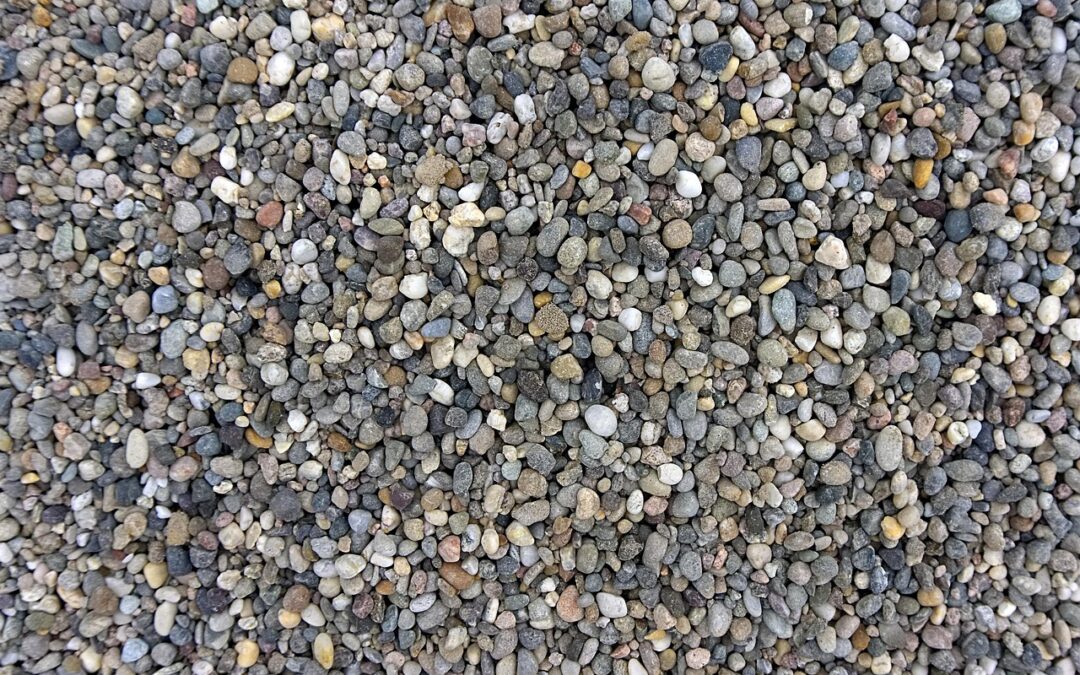Contents
Gravel for Drainage Solutions: The Ultimate Guide to Solving Your Drainage Woes
A friend of mine, let’s call her Sarah, had a drainage problem in her backyard. Every time it rained, water would pool and create a muddy mess, making it impossible to enjoy her outdoor space.
Determined to find a solution, Sarah started researching and stumbled upon a technique called gravel drainage. Intrigued, she decided to give it a try.
What is Gravel Drainage?
Gravel drainage is a method of using gravel to improve water drainage and prevent flooding. By laying gravel in strategic areas, you can create a pathway for water to flow away from your property.
Benefits of Gravel Drainage
- Improved Drainage: Gravel allows water to percolate through its pores, preventing it from pooling.
- Erosion Prevention: Gravel helps stabilize the soil and prevent erosion, especially during heavy rainfall.
- Weed Suppression: The sharp edges of gravel can discourage weed growth, reducing maintenance costs.
- Cost-Effective: Gravel is an affordable material compared to other drainage solutions.
Gravel Types for Drainage
- Crushed Stone: Durable and angular, crushed stone provides good drainage and stability.
- Pea Gravel: Smooth and rounded, pea gravel is ideal for areas where barefoot traffic is expected.
- River Rock: A decorative option, river rock adds aesthetic appeal while providing excellent drainage.
How to Install Gravel Drainage
- Dig a Trench: Dig a trench along the area where you want to improve drainage.
- Lay Landscape Fabric: Line the trench with landscape fabric to prevent weeds from growing through the gravel.
- Fill with Gravel: Fill the trench with the desired type of gravel, compacting it as you go.
- Slope the Gravel: Ensure that the gravel slopes away from your property to facilitate water flow.
Long-Term Maintenance
- Regular Cleaning: Remove debris and leaves from the gravel to prevent clogging.
- Replenishment: Over time, gravel can shift or settle. Replenish it as needed to maintain drainage efficiency.
- Weed Control: Use weed barrier fabric or herbicides to prevent weeds from growing through the gravel.
Real-Life Example
After installing gravel drainage, Sarah’s backyard transformed. Water no longer pooled, and she could finally enjoy her outdoor space without worrying about muddy feet.
Choosing a Professional Contractor
For larger or complex drainage projects, consider hiring a professional concrete contractor. They have the expertise and equipment to ensure proper installation and long-lasting results.
Testimonials
“I was skeptical about gravel drainage, but it has been a game-changer for our yard. No more muddy puddles!” – Sarah, Satisfied Homeowner
TL;DR
Gravel drainage is a cost-effective and effective solution for improving drainage and preventing flooding. By installing gravel in strategic areas, you can create a pathway for water to flow away from your property. Long-term maintenance is minimal and involves regular cleaning, replenishment, and weed control. For larger projects, consider hiring a professional concrete contractor for expert installation and peace of mind.

